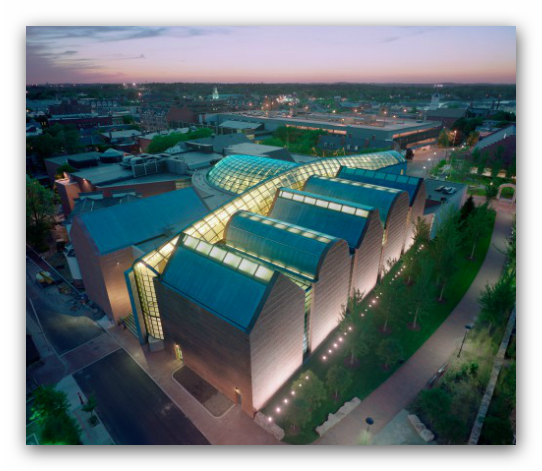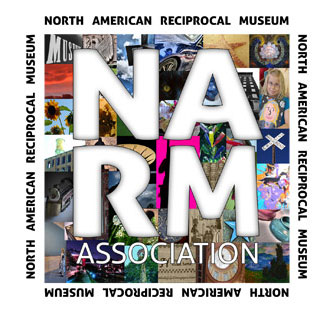The Peabody Essex Museum began in 1799, when the charter of the East India Marine Society called for the establishment of a "cabinet of natural and artificial curiosities,” and members of the Society began bringing home objects from Asia, Africa, Oceania, India, the northwest coast of America, and elsewhere.
Today's collection includes 1.8 million works from cultures around the world: paintings, sculpture, photography, drawings, textiles, architecture and decorative objects, dating from the 1700s to the present.
Considerable architectural interest is found in the National Historic Landmark East India Marine Hall (1825); the Moshe Safdie-designed glass and brick building expansion; and Yin Yu Tang, a 200-year-old Chinese (Qing Dynasty) sixteen-bedroom house, reconstructed on the Peabody Essex Museum site.
Please check the museum website for updated exhibition information. Scheduling may have been modified as a result of the temporary museum closure.
Exhibitions & Dates
On This Ground: Being and Belonging in America - Native American and American Art
Feb 26 2022 - Jan 3 2027
250 artworks span time from 10,000 years ago to the present
Studio Glass - Pforzheimer Collection
May 18 2024 - Dec 31 2027
More than 40 of the most influential glass artists from the 20th century to today
Draw Me Ishmael: The Book Arts of Moby Dick
Jun 1 2024 - Jan 4 2026
50+ books explore decades of creative approaches to interpreting the novel visually
Yu Kil-Chun Gallery of Korean Art and Culture
May 10 2025 - Jan 3 2027
An historically significant collection of Korean art and culture

